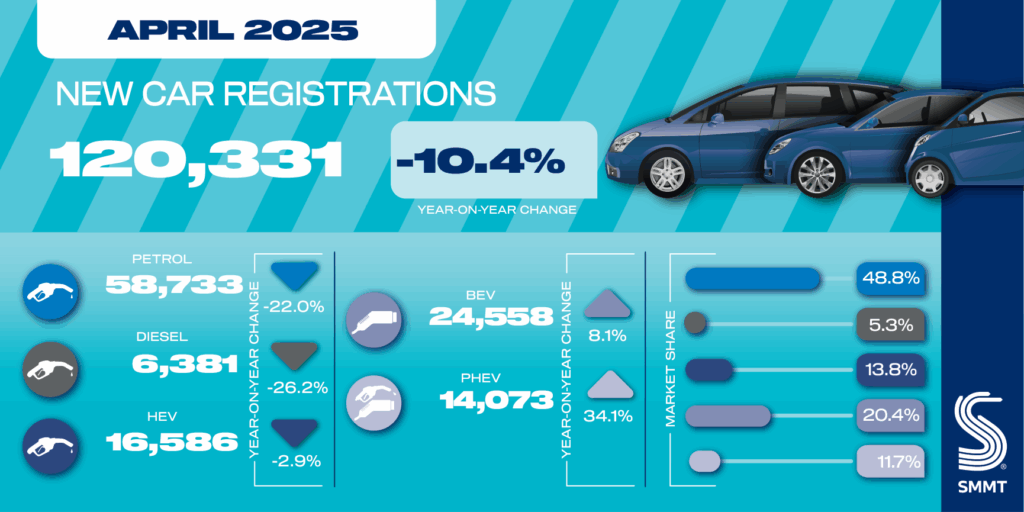How to Leverage AI in Full Stack Teams Without Adding Complexity
AI has the potential to transform full stack development, enhancing both the front-end and back-end of applications.

Artificial Intelligence (AI) is undeniably revolutionizing industries across the globe, and it’s making waves in the world of full stack development. The potential of AI to enhance software development is immense, but many teams are hesitant to incorporate it into their workflows due to concerns about complexity, steep learning curves, and resource management. The question then becomes: how can full stack teams leverage AI without adding unnecessary complexity?
In this blog, we’ll explore how AI can be integrated into full stack development teams without overwhelming them. It’s possible to embrace the power of AI in a way that enhances productivity, optimizes processes, and delivers smarter applications—without complicating the development cycle. Let’s dive in.
Understanding Full Stack Development in the Age of AI
Before we explore how AI can be seamlessly integrated, it’s important to understand the full stack development landscape. Full stack developers handle both the front-end (user interface) and back-end (server, database, and application logic) of an application. They are the architects who ensure that all parts of an application work together harmoniously.
AI, on the other hand, is a game-changer in its ability to make systems “smarter” by automating tasks, predicting behaviors, and analyzing data at unprecedented speeds. When combined with full stack development, AI can be a powerful tool for improving user experiences, enhancing performance, and driving innovation. The key challenge, however, is making sure that its integration is smooth and doesn’t disrupt the flow of the development process.
The Benefits of AI in Full Stack Teams
Let’s take a step back and think about why AI is so attractive for full stack developers. Here are a few notable benefits:
-
Improved Efficiency: AI can automate repetitive tasks, analyze large data sets, and optimize processes, which can significantly reduce the manual workload for developers.
-
Better User Experiences: AI can enable real-time personalization, dynamic interfaces, and predictive insights, offering a smarter, more engaging user experience.
-
Enhanced Performance: By analyzing user behavior and system performance, AI can help optimize the backend, improve server-side efficiency, and ensure scalability.
-
Smarter Development Processes: AI can assist in error detection, code generation, testing, and deployment automation, reducing development time and increasing software quality.
While these benefits are substantial, it’s important to note that AI doesn’t need to complicate the development process. Instead, it can streamline workflows and reduce human error, allowing full stack teams to focus on more complex and creative tasks.
The Key to Integrating AI Without Complexity
The question remains: How do you integrate AI without adding complexity? The answer lies in simplifying its implementation and using existing tools and platforms that are designed to work with full stack teams. Here’s how:
1. Leverage Pre-built AI Tools and Frameworks
One of the easiest ways to bring AI into a full stack development workflow without complicating things is by leveraging pre-built tools and frameworks. Many cloud platforms like Google Cloud, AWS, and Microsoft Azure offer robust AI services that are easy to integrate into existing applications. These platforms provide pre-trained models, machine learning APIs, and automation tools that simplify the process of adding AI capabilities to your stack.
For example, AWS offers Amazon Rekognition for image and video analysis, while Google Cloud provides AutoML, which allows developers to create custom models without requiring deep knowledge of machine learning. These services can be directly integrated into the front-end or back-end of your application, eliminating the need for developers to build AI models from scratch.
By using these AI-powered services, full stack teams can leverage machine learning, natural language processing (NLP), and data analysis without having to dive into the complexities of model training and optimization. The result is a much smoother integration process.
2. Focus on High-Level AI Use Cases
One of the simplest ways to avoid over-complicating things is to focus on high-level AI use cases that add value without requiring deep expertise in data science. Here are a few examples:
-
Predictive Analytics: Use AI to predict user behavior or system performance, allowing your application to adapt in real-time. For instance, AI can help predict server load and scale resources automatically, ensuring seamless performance.
-
Personalization: AI can be used to provide personalized recommendations based on user behavior. This can be implemented on the front-end without significantly impacting the backend.
-
Chatbots and Virtual Assistants: Adding an AI-powered chatbot to your application can improve user engagement and reduce the workload for customer service teams. There are plenty of out-of-the-box solutions that can be integrated without much effort.
By choosing AI use cases that align with your application’s goals, you can implement machine learning features that add tremendous value without significantly increasing complexity. The key is to focus on applications where AI provides immediate and tangible benefits, rather than diving into experimental or complex algorithms.
3. Use No-Code/Low-Code AI Solutions
No-code and low-code platforms are designed to help developers implement complex functionality without writing extensive code. When it comes to AI, several no-code/low-code solutions are available that allow full stack developers to add AI features to their applications quickly.
Platforms like Bubble and OutSystems allow developers to integrate AI-driven functionality, such as machine learning models and NLP tools, without having to learn specialized algorithms or techniques. These tools provide intuitive drag-and-drop interfaces, making it easier for developers to implement AI-powered features with minimal effort.
By using these tools, full stack teams can incorporate AI without needing to have specialized knowledge in data science or machine learning. The complexity is handled by the platform, allowing developers to focus on creating an excellent user experience.
4. Incorporate AI Incrementally
Rather than trying to overhaul your entire stack to accommodate AI from the get-go, consider integrating AI incrementally. Start by adding small, well-defined AI features that solve specific problems, such as enhancing search functionality, improving recommendation systems, or analyzing user data for insights.
For example, you could begin with integrating AI into the front end of your application for simple tasks like image recognition or sentiment analysis. Over time, you can expand the use of AI into more complex areas, such as predictive analytics on the back end or automating DevOps processes with machine learning.
This gradual approach allows full stack teams to experiment with AI at a manageable pace, ensuring that the learning curve isn’t overwhelming and that the integration process remains smooth. Incremental implementation also makes it easier to evaluate the impact of AI and adjust your approach as needed.
5. Invest in Developer Education and Training
While integrating AI into full stack development can be done without adding excessive complexity, it’s important to ensure that developers are equipped with the right knowledge and skills. However, this doesn’t mean sending your entire team off for intensive data science training. Instead, focus on providing access to resources that help your developers understand the basics of AI and machine learning and how they can apply these technologies in a practical way.
Online platforms like Coursera, Udacity, and edX offer accessible AI courses designed for developers. Additionally, many cloud service providers offer developer-focused workshops and tutorials that teach AI integration in the context of full stack development. By investing in this type of education, your team will feel more confident in implementing AI while avoiding unnecessary complexity.
6. Collaborate with AI Specialists When Necessary
Full stack developers don’t need to become machine learning experts to leverage AI effectively. When the application’s needs become more complex or require specialized knowledge, consider collaborating with AI specialists or data scientists. This collaborative approach ensures that your team can still implement advanced AI features while keeping the development process manageable.
AI specialists can help identify the most effective models, optimize performance, and troubleshoot any complex issues. Their expertise ensures that AI is used in the most efficient and effective way possible, preventing unnecessary roadblocks and helping full stack developers stay focused on their primary tasks.
Conclusion: Streamlining AI Integration with Full Stack Development Services
AI has the potential to transform full stack development, enhancing both the front-end and back-end of applications. By using pre-built tools, focusing on high-value use cases, leveraging no-code/low-code solutions, and implementing AI incrementally, full stack teams can embrace the power of AI without adding unnecessary complexity. It’s all about making smart choices, leveraging existing resources, and taking the time to educate your team.
Ultimately, the integration of AI should be a seamless experience that enhances productivity, optimizes processes, and drives innovation—without creating unnecessary complexity. If you're looking to harness the power of AI in your full stack development projects, it’s time to explore professional full stack development services that can guide you through this exciting transformation.





















































































